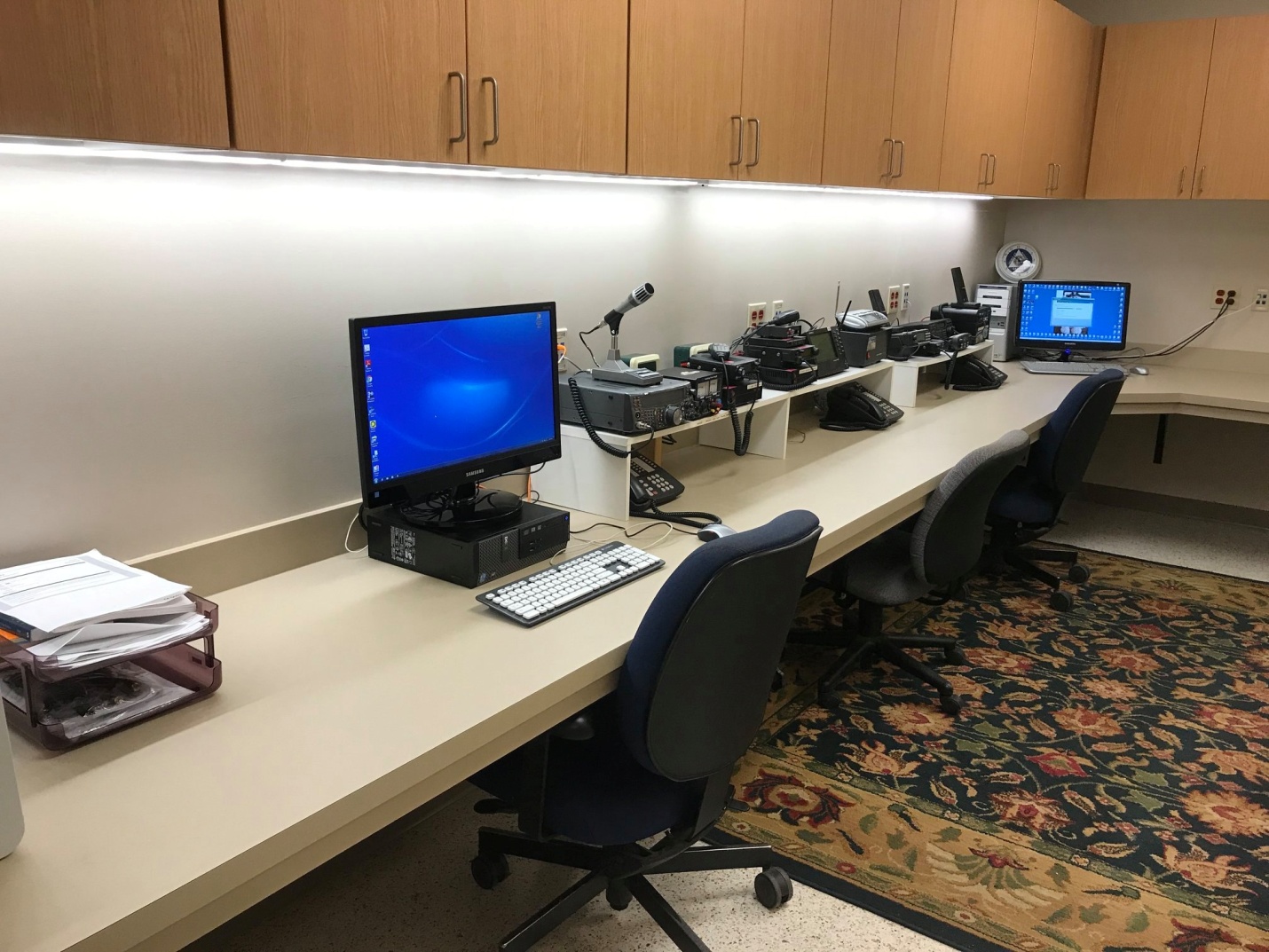WHAT IS HAM RADIO
An amateur radio operator is an individual who typically uses equipment at an amateur radio station to engage in two-way personal communications with other similar individuals, on radio frequencies assigned to the amateur radio service by the Federal Communications Commission (FCC) in the United States and the International Telecommunication Union worldwide.
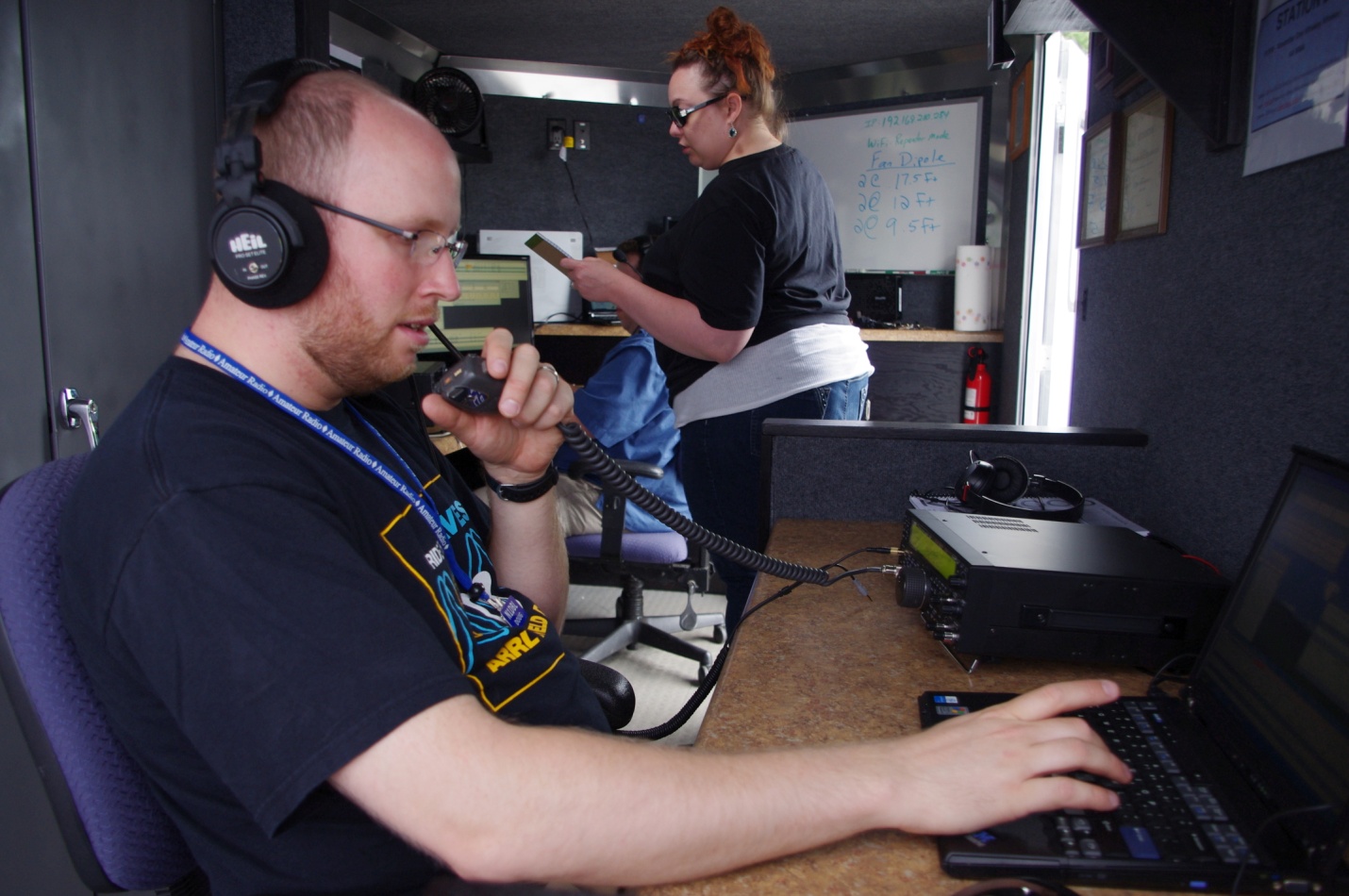
Amateur radio operators build and operate several types of amateur radio stations, including fixed ground stations, mobile stations, space stations and temporary field stations. A slang term often used for an amateur station’s location is the “shack,” named after the small enclosures added to the upper works of naval ships to hold early radio equipment and batteries.
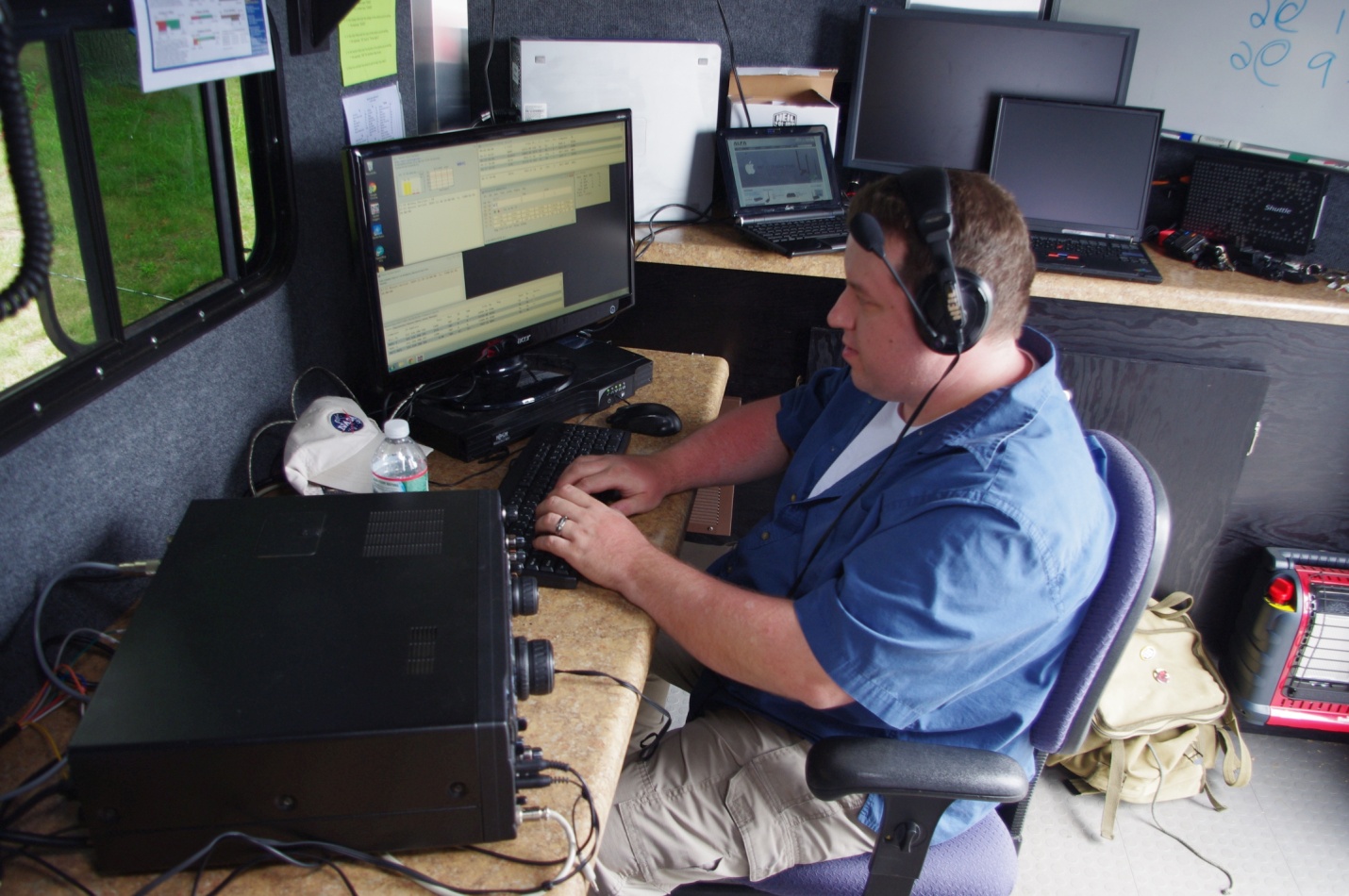
American amateur radio operators are granted an amateur radio license by the FCC upon passing an examination on radio theory and operation. As a component of their license, amateur radio operators are assigned a call sign (such as KC9ANG) that they use to identify themselves during communications. There are about 3 million amateur radio operators worldwide, including more than 700,000 licensed operators in the United States alone.
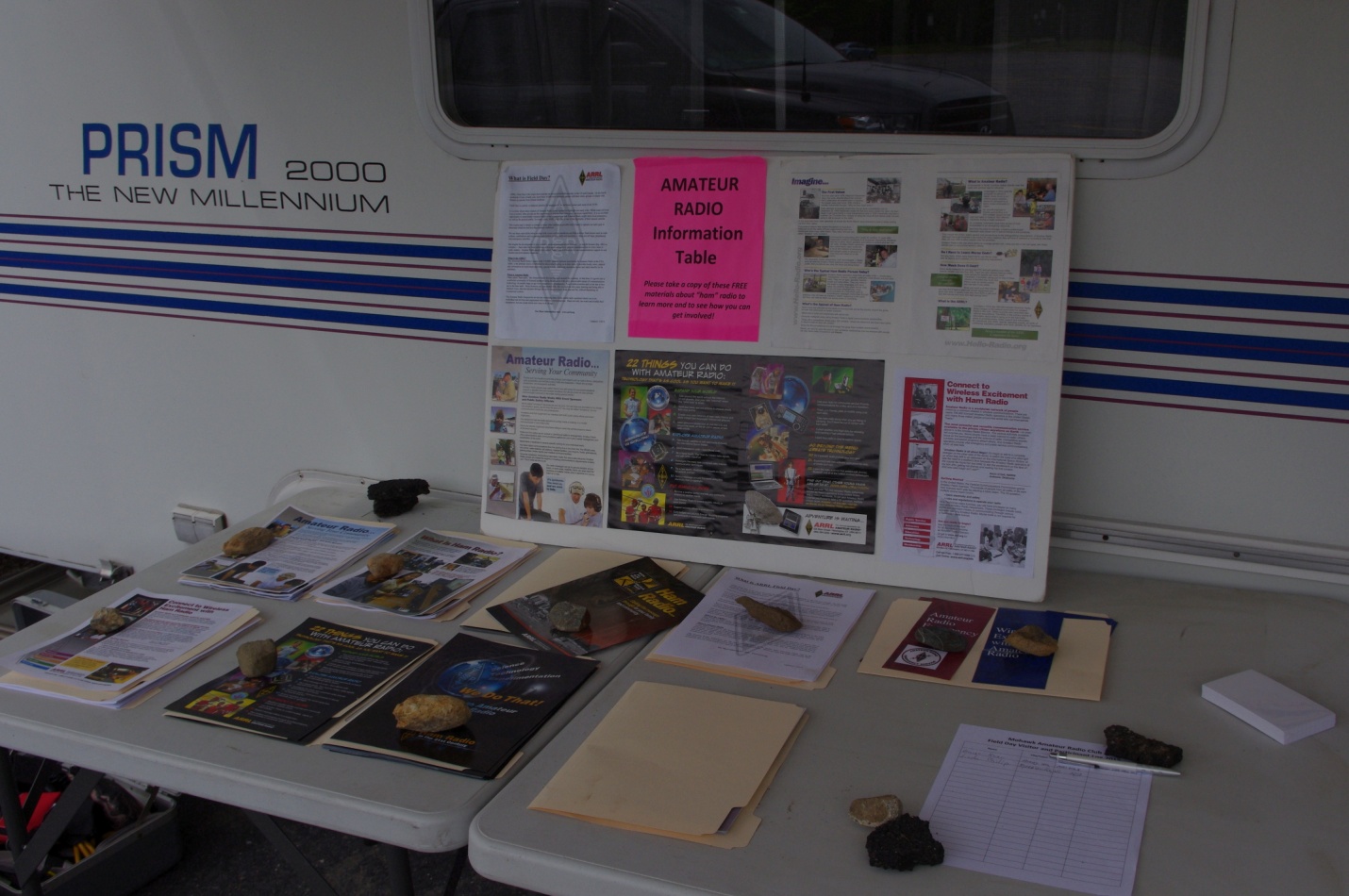
Amateur radio operators are also known as radio Amateur or hams. The term “ham” as a pejorative nickname for amateur radio operators was first heard in 1909 by operators in commercial and professional radio communities. The word was subsequently embraced by the operators, and stuck. However, the term did not gain widespread usage in the United States until around 1920, after which it slowly spread to other English-speaking countries.

as an amateur athlete The term “amateur” in amateur radio is used in the same sense, as radio amateurs are prohibited by law from accepting monetary or material compensation of any kind for any activities they perform as radio operators. However, just as amateur athletes are among the top athletes in the world, ham radio operators have led the advancement of the science of radio communications for over a century. Today, we take for granted radio, television, satellite communications, cell phones, broadband, digital communications and many other innovations first explored and pioneered by ham radio hobbyists.
Today, radio amateurs are exploring voice and data communications in ever higher frequencies allocated for experimentation and exploration – extending all the way to 275 gigahertz (GHz) and even beyond, nearly to the spectrum of light
Amateur radio operators volunteer countless hours of community service in providing emergency communications during natural and man-made disasters, as well as public service communications in support of special events such as marathons, bike races, and public events. Many are trained as severe weather spotters by the National Weather Service (NWS) and provide “ground truth,” by mobile radio, to forecasters and emergency management agencies in support of public safety.
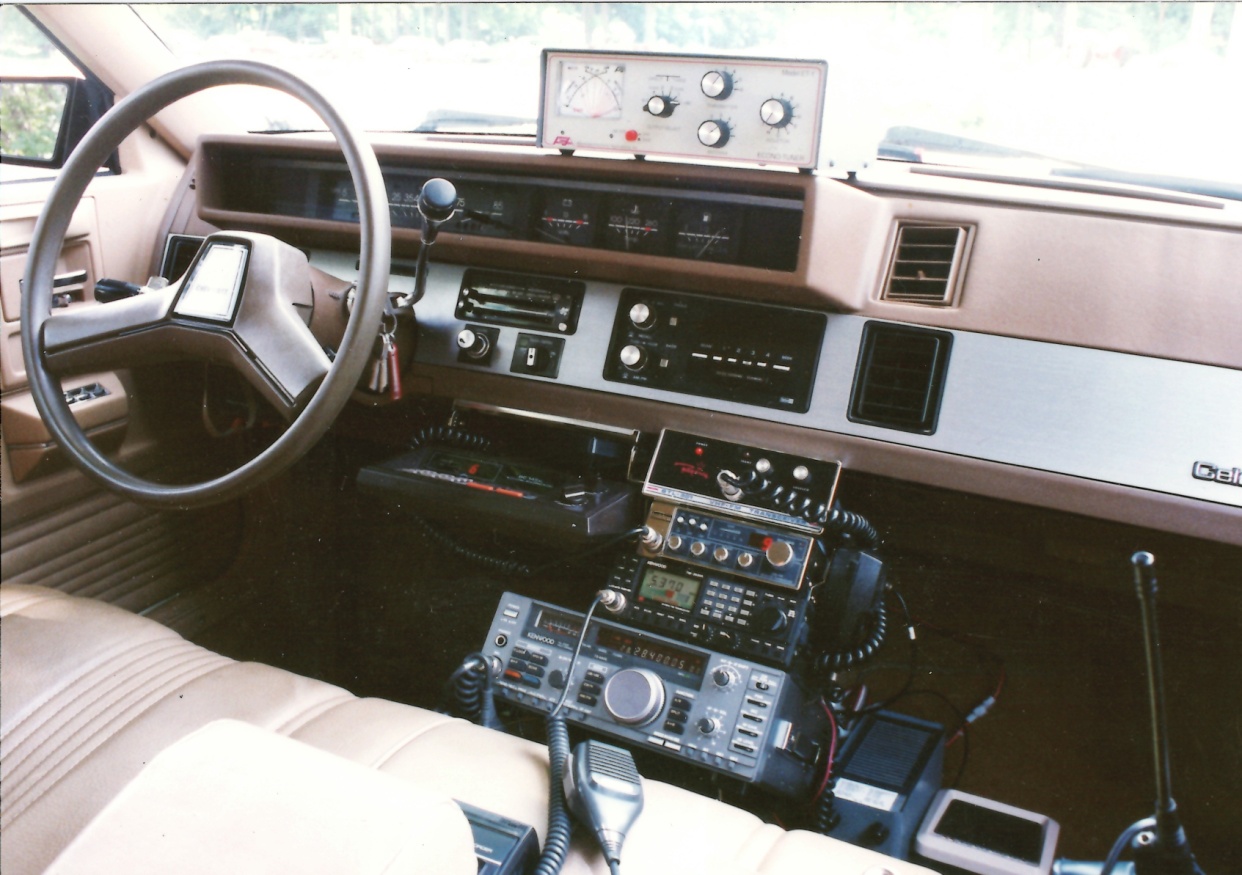
Amateur Radio . . What is it, and how can it help in disasters?
You’ve heard the news stories. In one disaster after another, communication systems can fail or become overloaded. Sometimes impacted communities are cut off from contact with response agencies. At other times the various responding agencies cannot contact one another or their own units in the field. When multiple jurisdictions and mutual aid are involved, interoperability of communications systems can become a problem. Fortunately, when all else fails, the Amateur Radio Service can often help.
What is Amateur Radio?
In almost all countries, governments allocate portions of the radio spectrum for non-commercial use by the citizenry after individuals demonstrate the ability to use the spectrum properly. The regulations of most countries around the world provide for this opportunity through Amateur Radio. In the United States, Amateur Radio regulations are administered by the Federal Communications Commission, the same branch of government that oversees the licensing of broadcast stations and other users of the radio spectrum. Unlike most other users, Radio Amateurs, sometimes called “Hams”, are authorized only for non-commercial use of their frequencies and equipment. Hundreds of thousands of ordinary people of all ages and from all walks of life and all educational backgrounds have obtained their Ham licenses. Their main interests in radio may be technical, recreational, social or educational. Some are “on the air” every day, some operate only occasionally, and still others are inactive.

Amateur radio is different from other popular services, such as Citizens Band, Family Radio Service and General Mobile Radio Service. To become a Ham, one must pass the required examination on electronic theory, operating practices and governing regulations. But the extra effort to get a license results in much more expansive privileges than those available to CB, FRS or GMRS. Higher power limits, specialized antennas, a variety of operating modes (voice, digital, video, etc.) and a vast array of assigned frequencies ranging from short wave through microwave give Radio Amateurs unparalleled flexibility in communicating.
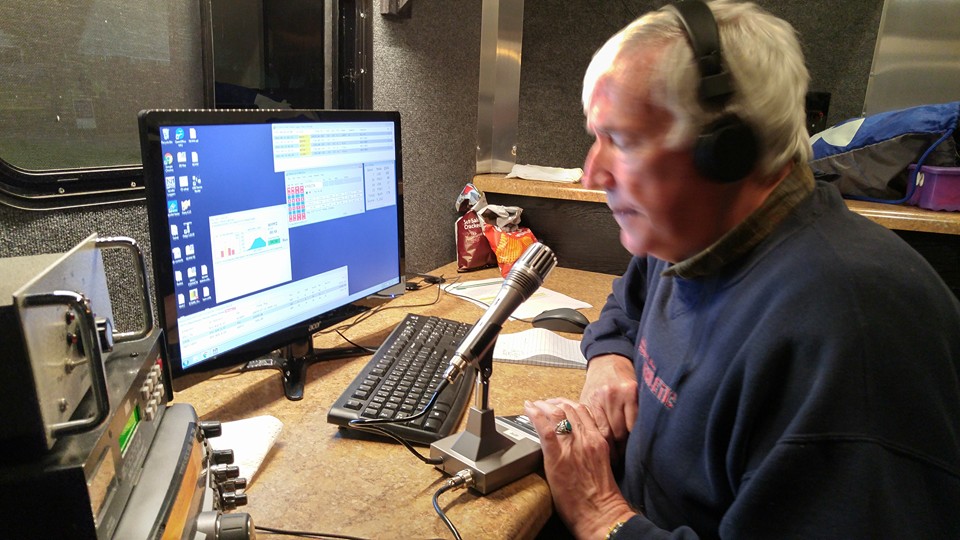
Public service is an underlying reason that the Amateur Radio Service exists. During conflicts such as World War II, Hams provided the military with a pre-trained pool of experienced communicators and technicians. During peacetime, Hams have communicated all over the world, spreading goodwill and making friends in other parts of the globe. Technically oriented Radio Amateurs have advanced the state of the art and pioneered new ways of communicating that were later adopted by government and commercial users. Ham radio has been used in classrooms to get children interested in science. And, importantly, many hams have volunteered their time, equipment and knowledge to support local, regional and international response and relief work in times of disaster.
What Happens to Communications in Disasters?
Our government agencies have huge investments in rugged, high-technology communications equipment that serve them well on a day-to-day basis. We all have “landline” and cellular telephone service that is generally very reliable and cost-effective. So why do communications failures seem to happen at the worst times? The two basic causes are overload and infrastructure failure. Amateur radio can often overcome both these limitations.
Most communications systems are designed to handle a certain normal load level. Telephones work as long as only a given number of customers are using them at any one time. If half the phones in the City are off the hook due to the shaking of an earthquake or to people checking on the welfare of friends and relatives, parts of the system will shut down. The tower-mounted equipment that processes our cellular phone calls can accommodate only a small percentage of their subscribers using the system at one time, even absent an emergency. Too many calls at once, even during heavy commuting times, can tax the limits of that equipment. Similarly, most public-agency radio systems have a limited number of discrete frequencies, or “channels”, that are shared among many users, thus limiting the number of simultaneous conversations that can be supported. Demand during disasters can push everyday systems into overload, shutting out many users. Amateur Radio operators have a continuum of available frequencies inside designated bands from which to choose, rather than a set of discrete channels, so finding a suitable frequency to support a specific communication path is almost never a problem. Because of Hams’ technical training, they have the ability to use their share of the radio spectrum more efficiently. As a result, the Ham bands don’t get overloaded the way agency systems do.
Most communications systems routinely run on commercial electric power, the same power that runs your home and workplace. When that power fails in a disaster, those systems without generator or battery back-up are out of service. If large generators are knocked over by a quake, if they are not run regularly, or if their fuel supply is stale, they may not work. If batteries are not properly maintained, they may be exhausted quickly. No power means no communication. Many Amateur Radio operators use equipment that can be powered from internal batteries, car batteries or other common sources of 12-volt DC electricity. By selecting radios that don’t consume much power, properly prepared Hams can make the available power sources last longer and can thus keep operating for extended periods.
First-responder agencies often used “trunked” radio systems, which use central computers to allocate radio channels dynamically among users. If the central computer is knocked out, the system fails. VHF and UHF systems may rely on remote relay stations, called repeaters, to get signals over the hills and mountains that dot their service areas. If the repeaters lose power or are otherwise out of service, the range or reach of the system becomes more limited. Hams use repeaters, too, but they can also operate without them if necessary. Not only can they communicate point-to-point using VHF and UHF radios and suitable antennas, but they can actually use the ionosphere to reflect radio signals back down to the surrounding area or to more distant points, thus overcoming the obstacles of terrain and line-of-sight limitations.
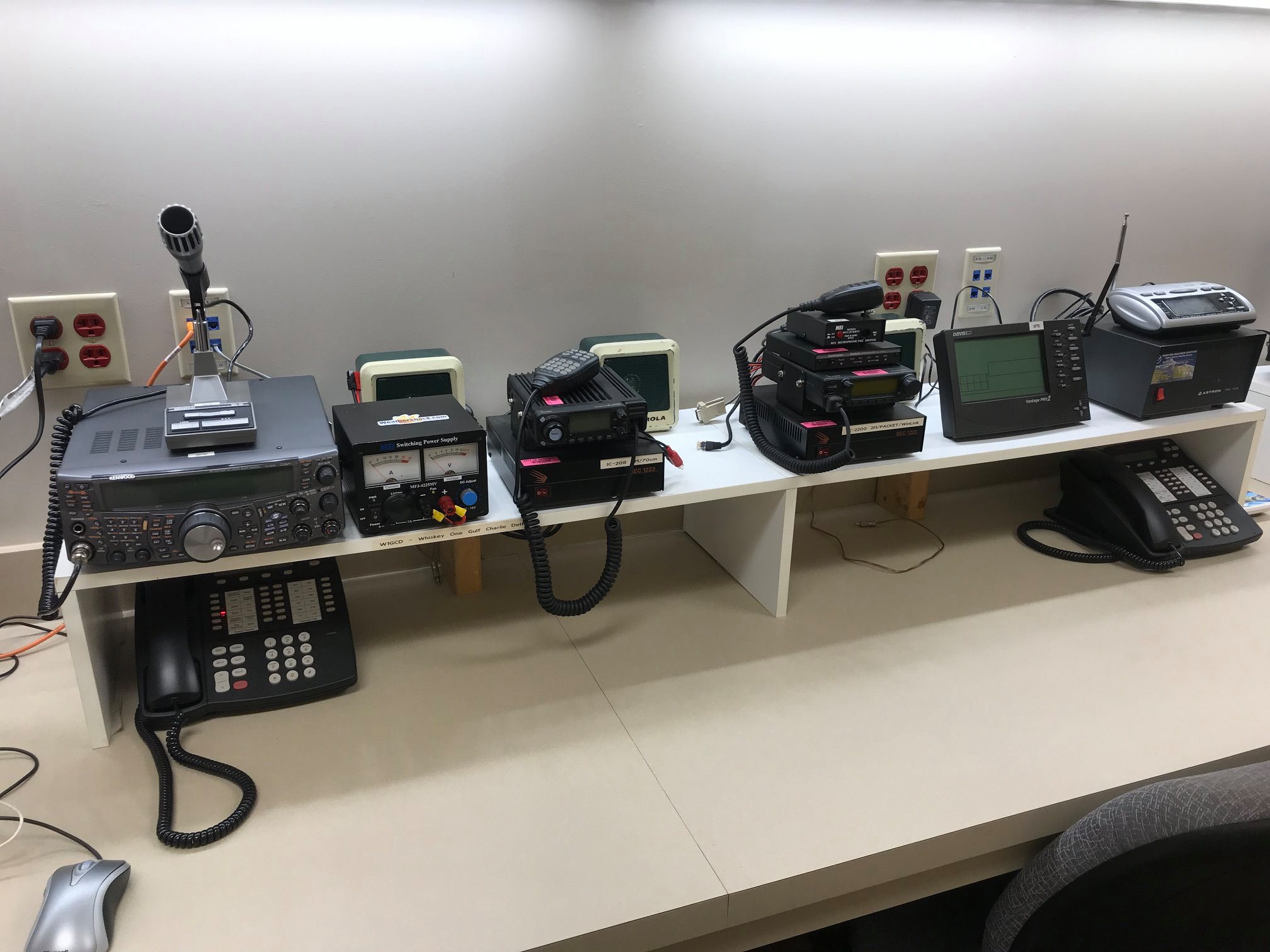
Can All Hams Do This, and Where Can I Find Them?
While every Amateur Radio operator is licensed to provide effective disaster radio communication, not all of them have the equipment, knowledge, training or preparation to do so. Those who are ready to serve when needed often join together in formal groups and teams that learn and drill together in an organized framework designed to maximize their effectiveness in time of public need. Some may organize to support a specific agency, such as the Sheriffs Department or the American Red Cross, or agency group, such as a collection of area hospitals. Others may offer their services more broadly, to any governmental or non-governmental response or relief organization in need of assistance. The largest group of the latter type is the Amateur Radio Emergency Service (ARES ®), a nationwide service operated under the auspices of the American Radio Relay League (ARRL), the national association for amateur radio in the United States. Los Angeles County has its own “Section”, or sub-unit, of ARES, which serves the area in five Districts. Its operators take formal training on such subjects as the FEMA-mandated Incident Command System and National Incident Management System, formal radio message handling, selection and operation of field equipment, and served-agency needs and protocols.

With close to 10,000 licensed Hams in Los Angeles, there are probably quite a few in your neighborhood. You may spot a tower or antenna system on a nearby property or spot a license place with a call sign such as N6XYZ or KE6ABC. You may search on-line databases for licensees in your town or ZIP code. However you find them, introduce yourself, tell them a little about the preparedness efforts your group is involved with, and ask whether they would be interested in helping with the communications element of your neighborhood plan. If they are willing to help but need advice or training from other hams experienced in public service, suggest that they contact Los Angeles Section ARES at (818) 992-5507 for guidance and support. Remember that, as with any volunteer effort, not all Hams will have the time, equipment or desire to get involved. But every active Ham is a potential resource, and you can maintain contact by including them in your group’s outreach activities.
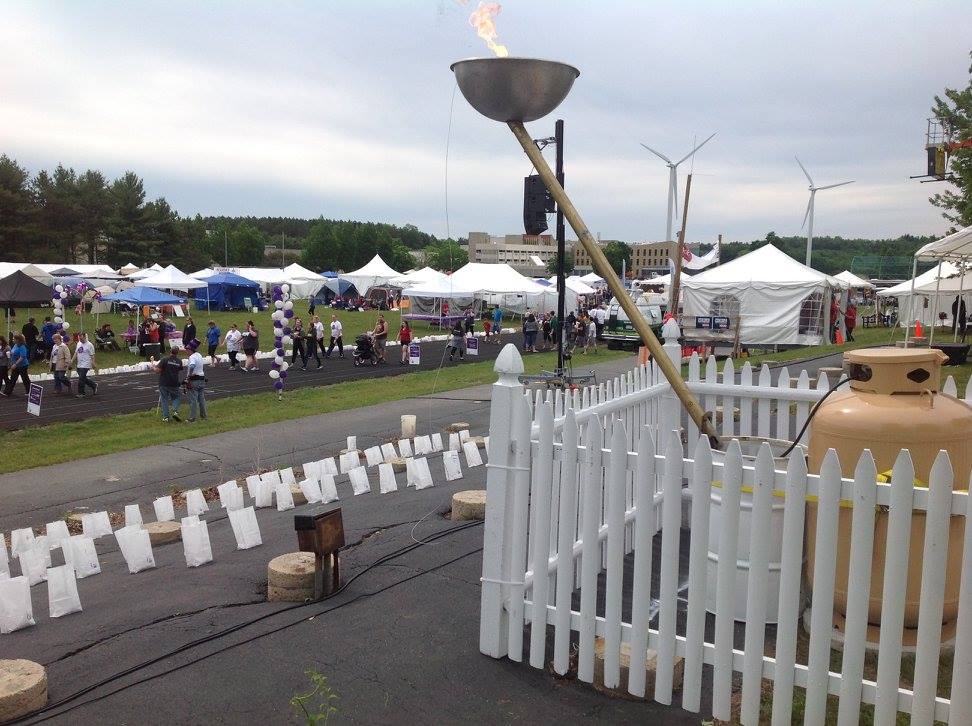
How Can Hams Fit Into Our Local Plan?
In a large-scale disaster that overwhelms the City’s response resources, there is no radio that will reliably bring a fireman, policeman or paramedic to your door. In the words of one LAFD CERT instructor, “We ain’t coming.” We must accept that reality and consider how best to utilize what emergency communications resources are available. Let’s start by listing the kinds of messages we might need to send or receive.
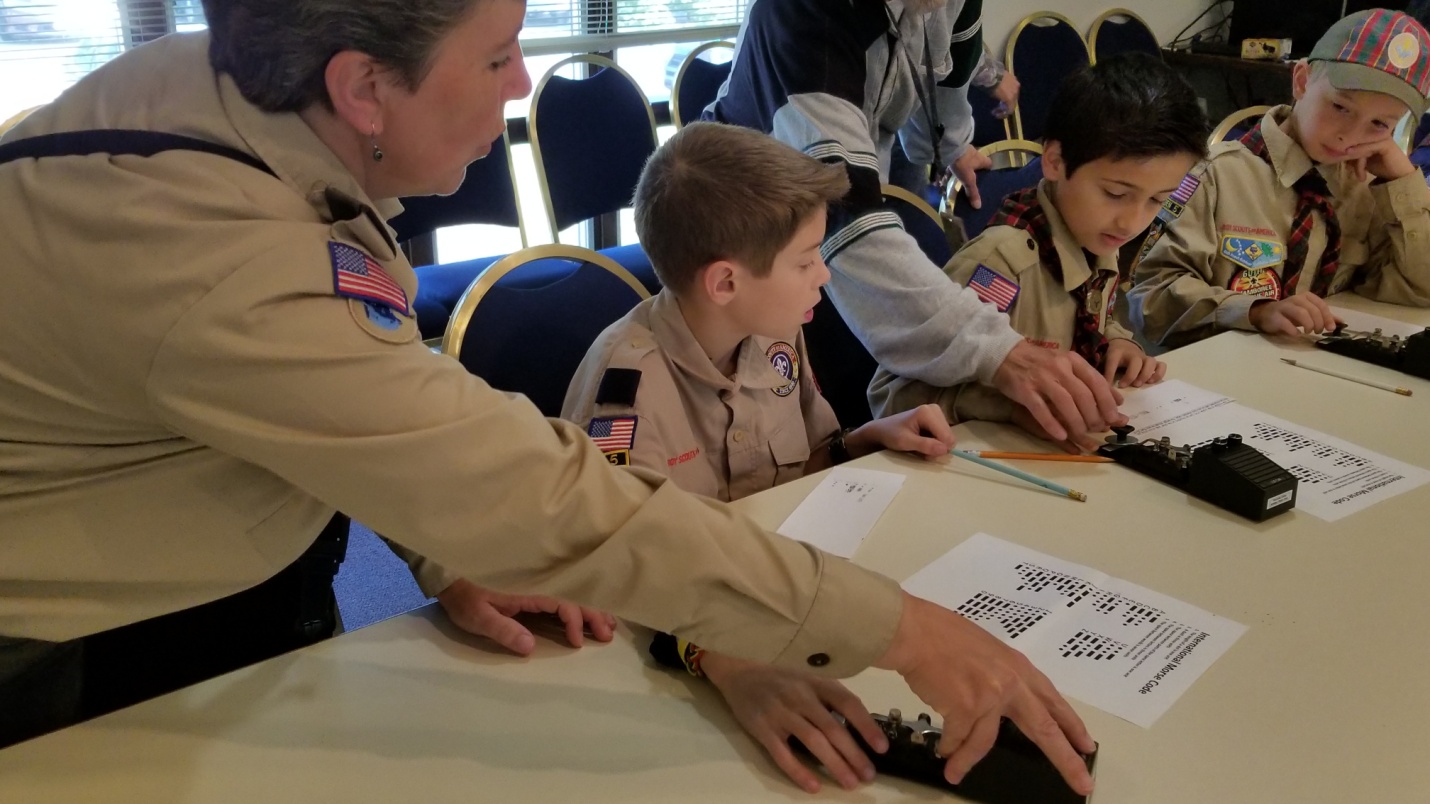
Within a neighborhood
-Coordinating the shut-off of utilities to prevent fires, explosions or water damage
-Sharing information on status of people and structures
-Marshalling local help for fire suppression, first aid, triage, search and rescue
-Accessing locally stored disaster supplies
-Arranging relocation of those requiring evacuation
Into a neighborhood
–News as to extent of infrastructure damage to surrounding area (roads, etc.)
-Status of area hospitals (In operation or out of service? Accepting patients?)
-Likely timing of (or delays in) responder arrival
-Government advisories (Areas to avoid, sheltering instructions, imminent risks)
-Requests for or offers of assistance from nearby neighborhoods
-Welfare inquiries from out-of-area concerned friends and relatives
Out of a neighborhood
-Advising first responders as to neighborhood status and priority needs
-Advising appropriate agency of any known local infrastructure damage
-Requests for or offers of assistance to nearby neighborhoods
-Welfare status reports to concerned out-of-area friends and relatives
Assuming disruption of local telephone service, most communications within a small neighborhood area (a few blocks) can be handled using FRS or GMRS handheld or by runners (kids on bicycles or scooters can carry messages quickly). If you happen to have several Amateur Radio operators in your neighborhood, they may be able to help with their more reliable and less interference-prone home, car and handheld radios.
Advisories of a general nature into neighborhoods will usually arrive via the broadcast media remember those battery-powered radios!) This presumes that media outlets are still on the air, have access to accurate information, and are broadcasting useful details and not just repeating the headlines. Communications with other nearby neighborhoods will likely be beyond the capability of FRS and GMRS, due to both range limitations and to channel crowding. Hams in each neighborhood, either resident or volunteering from outside, could link adjacent areas using pre-arranged networks using direct (“simplex”) frequencies that are generally reliable over distances of many miles, terrain permitting. If Amateur Radio operators are stationed at the City’s Emergency Operations Center or an Incident Command Post, they could assist in passing neighborhood-specific information from responder agencies to neighborhood-based Hams, likely through an intermediate network set up for inter-area communications using Amateur repeaters or the ionospheric “mirror” to get over the hills. Although hams often handle health-and-welfare inquiry messages from concerned outsiders in disasters, such messages are usually given lower priority – and are often deferred for up to several days – because they can quickly clog up the available communication resources that are addressing more immediate needs.
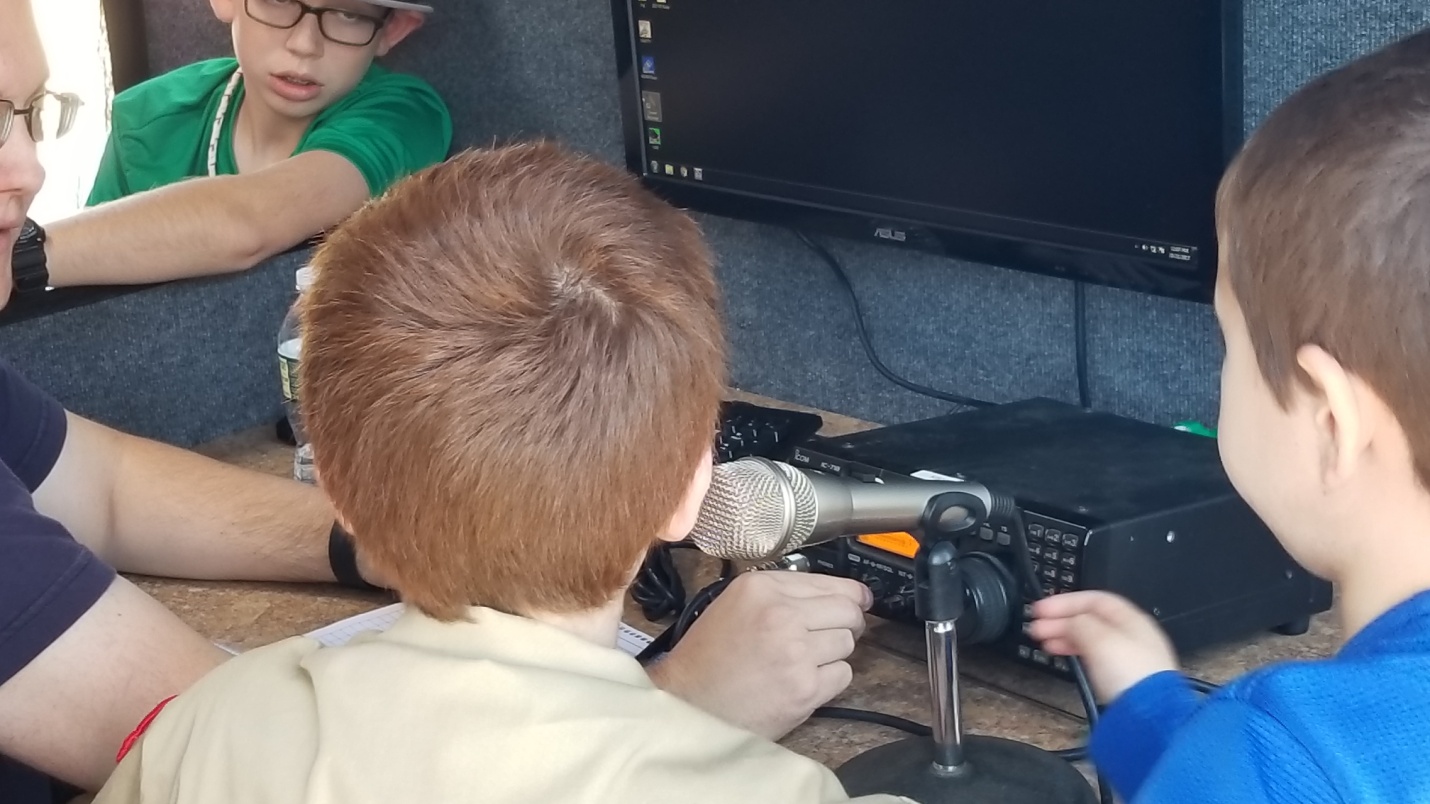
Conveying damage assessments and the most immediate needs for assistance out of a neighborhood to the appropriate agency is very important but also problematic. Those responsible for allocating scarce response resources need the best information they can get concerning fires, critical injuries and major structural damage. Areas with the greatest damage, however, may have the most difficulty communicating their situations to those who need to know. Again assuming that Amateur Radio operators are stationed at the City’s Emergency Operations Center or an Incident Command Post, the same higher-level networks mentioned above could function as an information pipeline from neighborhoods to response managers. In the neighborhoods, Hams communicating with adjacent areas could pass higher-level messages through one Amateur designated as the area liaison to the higher-level net(s). Outgoing welfare and status messages could be collected and given to a separate Ham or team of Hams whose role is to relay those messages via Radio Amateur stations outside the affected region to their final destinations.
